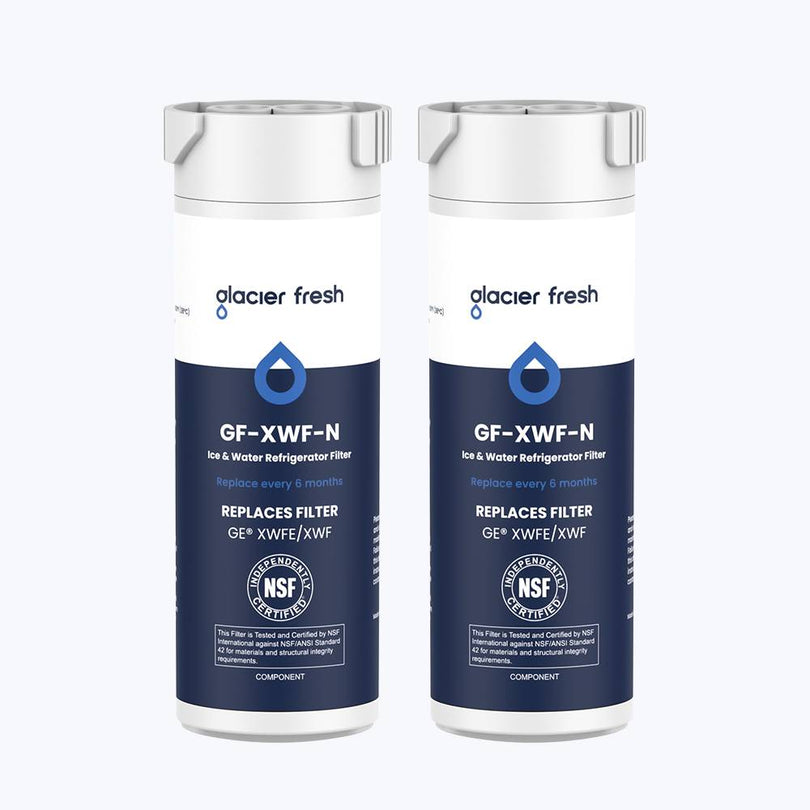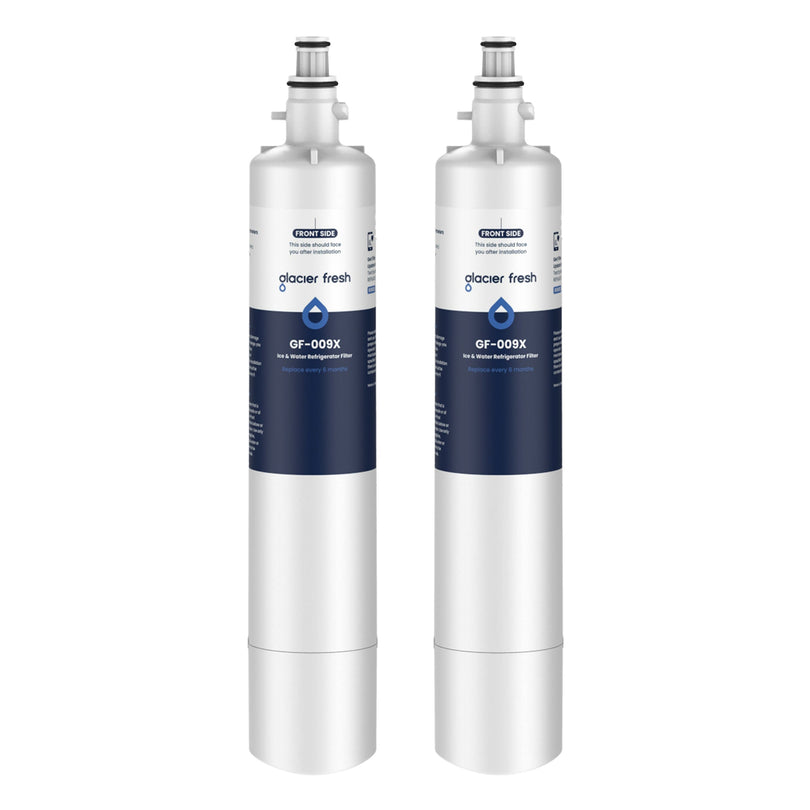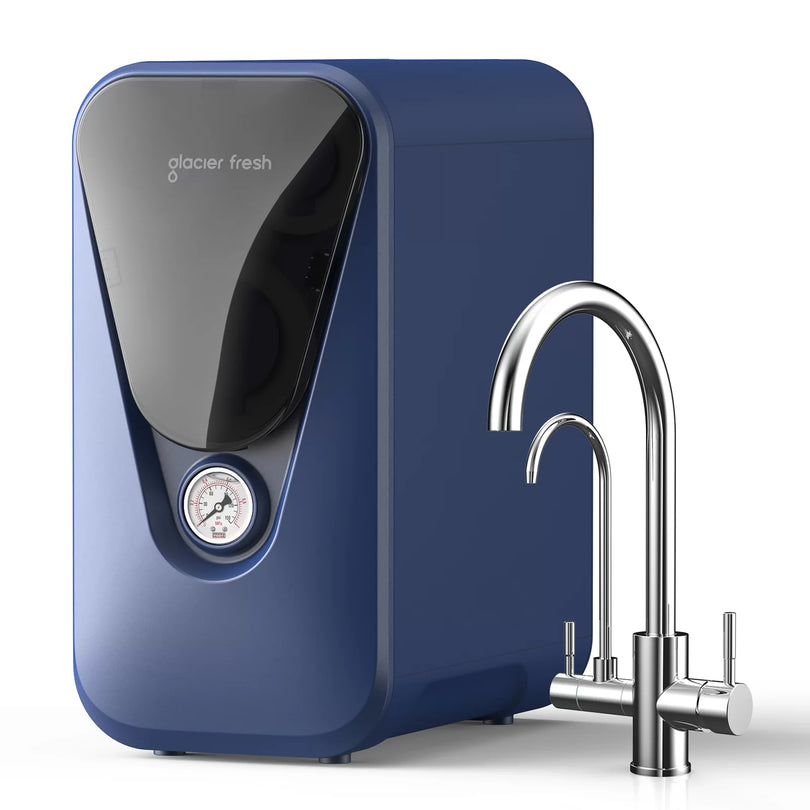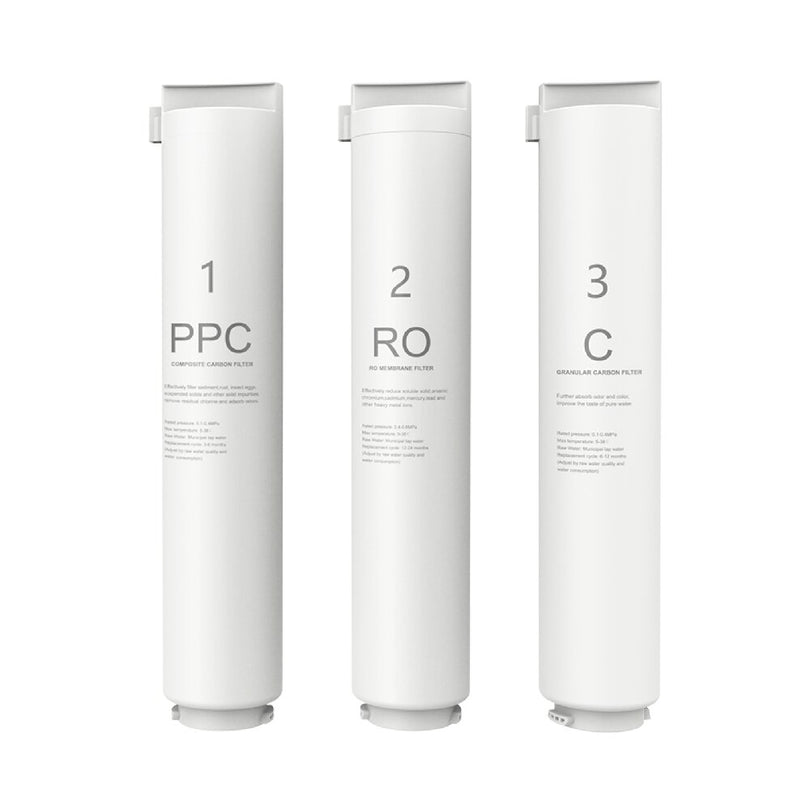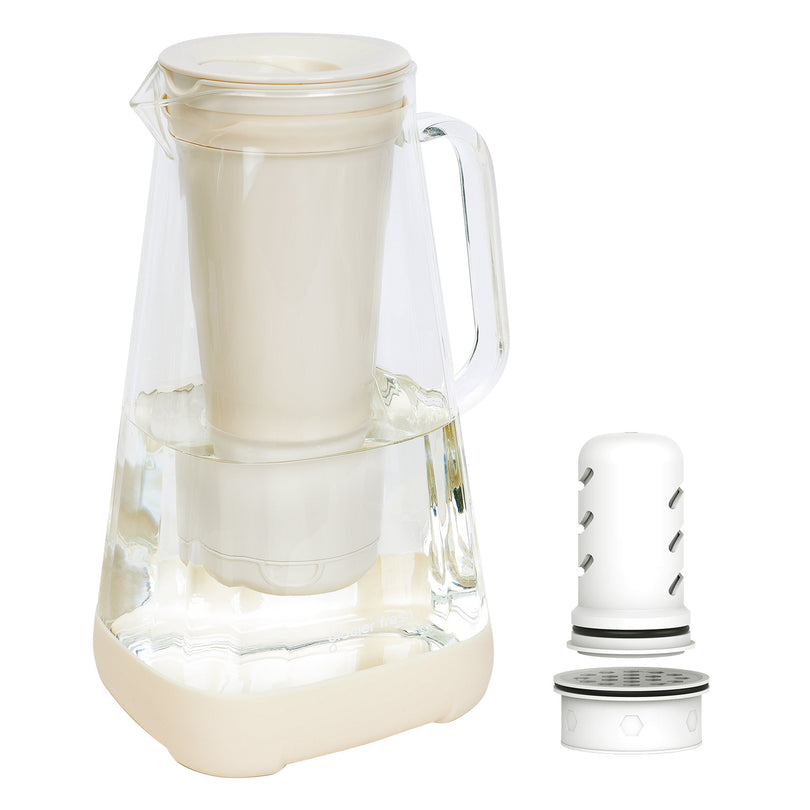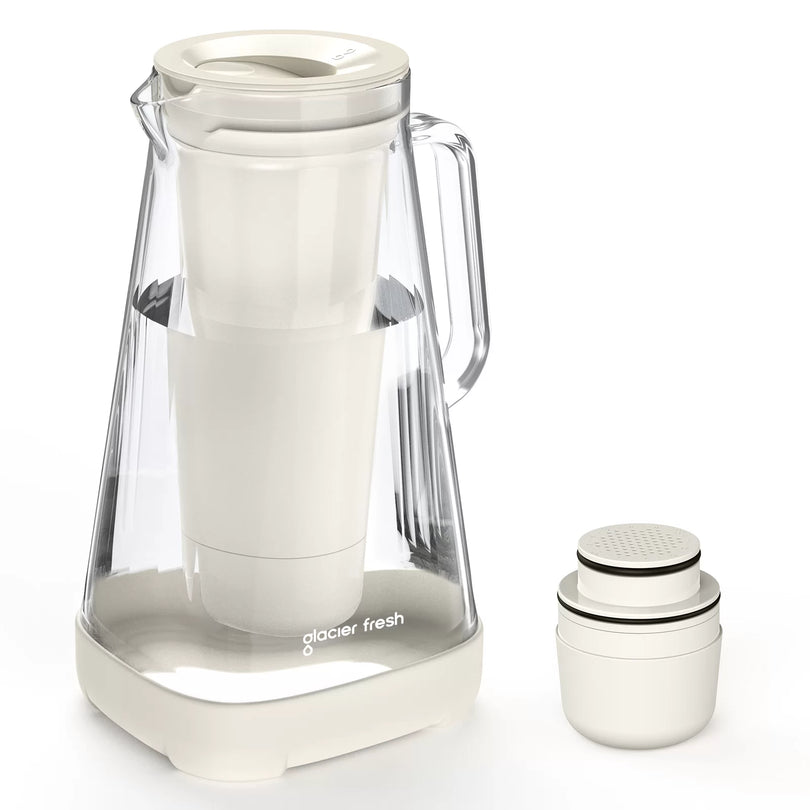Table of Contents:
What Is a Water Softener?
When Is It Necessary to Install a Water Softener?
How to Fit a Water Softener?
How to Choose the Right Water Softener?
Tips for Maintenance and Replacement of Water Softeners
FAQs
Conclusion
Hard water leads to the formation of a scale, dry skin, and shortened life of the appliances used at home; hence, having a water softener or a reliable water filter is one of the most effective changes that you can make at home. Many homeowners also wonder about the difference between hard and soft water — Hard vs Soft Water: Which One Is Healthier? In general, soft water feels better on the skin and helps maintain cleaner plumbing, while hard water, though containing beneficial minerals like calcium and magnesium, can still cause scaling and dryness when not balanced properly.
This guide shows how to install a water softener. It will guide you through the functionality of a softener and explain why you need it. We will also cover detailed instructions on fitting one and tips for maintenance.
What Is a Water Softener?
A water softener is a device that removes hard minerals, mainly calcium and magnesium, from your water. While some people prefer keeping these minerals for taste or nutrition, modern systems can work alongside a reverse osmosis (RO) filter, which further purifies water for drinking.
What Does a Water Softener Do?
A water softener replaces hardness minerals (calcium and magnesium) with sodium or potassium ions, using the resin beads as an exchange medium. This treatment helps avoid the formation of scale on the pipes and appliances. It also enhances efficiency and cleanliness. The system has a method of renewing the resin during regeneration using a salt or brine cycle to provide the system with consistency of soft water, which improves the formation of soap lather and keeps utensils and surfaces spot-free.
If you have concerns about the safety of drinking softened water, combining a water softener with a reverse osmosis (RO) system is an excellent solution. So, is reverse osmosis (RO) water safe and healthy? RO systems effectively remove impurities and sodium ions generated during the softening process, providing safe and great-tasting drinking water.
What Are the Types of Water Softeners?
Common types include:
Salt-Based Ion-Exchange Softeners: It is the most effective way to remove household hardness.
Salt-Free Conditioners: This one inhibits the formation of scale. However, it does not eliminate the hardness ions.
Dual-Tank Systems: They provide continuous soft water during regeneration.
Portable/Point-of-Use Units: Small and easy to use, ideal for outdoor use or combined setups with a portable RV water filter.
When Is It Necessary to Install a Water Softener?
If you have noticed white limescale around faucets or inside kettles, you might need to install a water softener. Hard water can cause soap scum on the bathroom surfaces, and you will find dry or shiny laundry. Even worse, there are plumbing or appliance problems related to the scales. When you find a hardness test reading exceeding 7-10 grains per gallon, it is a very good sign that your home would benefit from water softening.
Homes that use well water or are in regions where high concentrations of minerals are known are the most susceptible to the need for one. But when you are riding in an RV or when you are camping, a portable water softener is a good, simple, and easy to carry way to have the experience of soft water wherever you may go.
How to Fit a Water Softener?
Here are the easy-to-follow steps to install a standard salt-based softener.
1. Choose a Location: Connect the unit to an even surface close to a main water line. Also, make sure the drain and power outlet are reachable.
2. Turn off the Water: Turn on the water tap. Then, faucet to release the pressure.
3. Cut and Connect Pipes: Install a bypass valve. Connect the inlet and outlet with proper fittings.
4. Assemble the System: Connect the resin and brine tanks according to the instructions of the manufacturers.
5. Install Drain and Overflow: Run a well-guarded drain to avoid backflow.
6. Power and Program: Insert the controller. Set water hardness and program regeneration.
7. Add Salt and Test: Fill the brine tank and resume the flow of water. Check for any leaks and run a test regeneration cycle.
When you do not want to install it yourself, call a licensed plumber who can do the job. You are also guaranteed compliance with warranties.
How to Choose the Right Water Softener?
Choose a water softener according to the size of the household and water hardness.
Capacity (Grains): The calculations are household members x 75-100 gallons/day x grains per gallon to determine the amount of grains that get away per day. Then pick a softener with the right amount of grains (for example, 32k-64k grains per day in home environments).
Regeneration Type: Metered (demand) systems are more efficient compared to timer-driven units.
Resin Quality & Warranty: The higher the grade of resin is, the longer its life.
Certifications: Seek NSF/ANSI performance/safety testing.
For indoor use, the GE GXSH40V Water Softener (40,000 grain) is a renowned whole-home model, which is commonly used in the household, offering demand regeneration and user-friendly settings.
For outdoors, a portable water softener may be a solid choice. The Glacier Fresh Portable RV Water Softener, 16,000 Grain is an easy-to-set-up and move-around tool-free product designed to be both convenient and long-lasting. With a stainless steel tank and quick-connect fittings, it is easily set up, corrosion-free, and the high-quality ion-exchange resin is effective in reducing calcium, magnesium, and iron up to 2,000 gallons or 40 days of softened water. Developed to ensure use on RVs, boats, and the outdoors, it will not allow scale to develop and will keep the water fresh without the need for electricity.
Tips for Maintenance and Replacement of Water Softeners
To extend the life of your water softeners, try the following easy tips.
Check Salt Monthly: The Brine tank should be half full; high-purity salt should be used to minimize bridging.
Clean the Brine Tank Annually: Remove sedimentation, then add fresh salt.
Monitor Hardness at Tap: This is to be checked periodically so that the system can be checked to be working effectively.
Replace Resin When Needed: Resin is usually expected to last 10-15 years; replace earlier when efficiency declines in spite of regeneration.
Service the Valve and Seals: Leaks are also prevented, and enough regeneration cycles are sustained.
Winterize Portable Units: To use the RV, empty and freeze the unit in the house.
FAQs
Can I install a water softener myself?
Yes, provided that you have basic installation knowledge and pay attention to local codes and the instructions of the manufacturers. Otherwise, contract a certified plumber to secure warranty coverage.
How much salt does a softener use?
The usage depends on capacity and hardness. A 20-60 lbs. per month may be used as a family softener.
Will a water softener remove iron?
Normal softeners lower the solubility of iron but might require prefilters (or special media) with high amounts of iron.
Do softeners waste water?
Contemporary demand systems reduce waste. Regeneration consumes a commodity of water, but effective units and appropriate settings reduce this consumption of the commodity.
Is a portable RV softener effective?
Yes, for temporary soft water treatment at campsites. The Glacier Fresh Portable unit delivers up to a capacity of roughly 2000 gallons at a modest degree of hardness (16,000 grains per gallon).
Conclusion
How to Install a Water Softener? It is a smart investment that protects plumbing, produces better cleaning, and provides daily comfort. The need to choose an appropriate system and take good care of it to make sure that you have scale-free water, regardless of whether you install a whole-house model, GE GXSH40V, or a portable one, the Glacier Fresh Portable RV Water Softener. Installation of a water softener is an easy task with accurate testing and correct setup, whereby one can bask in the comfort of cleaner and softer water, no matter the location.



